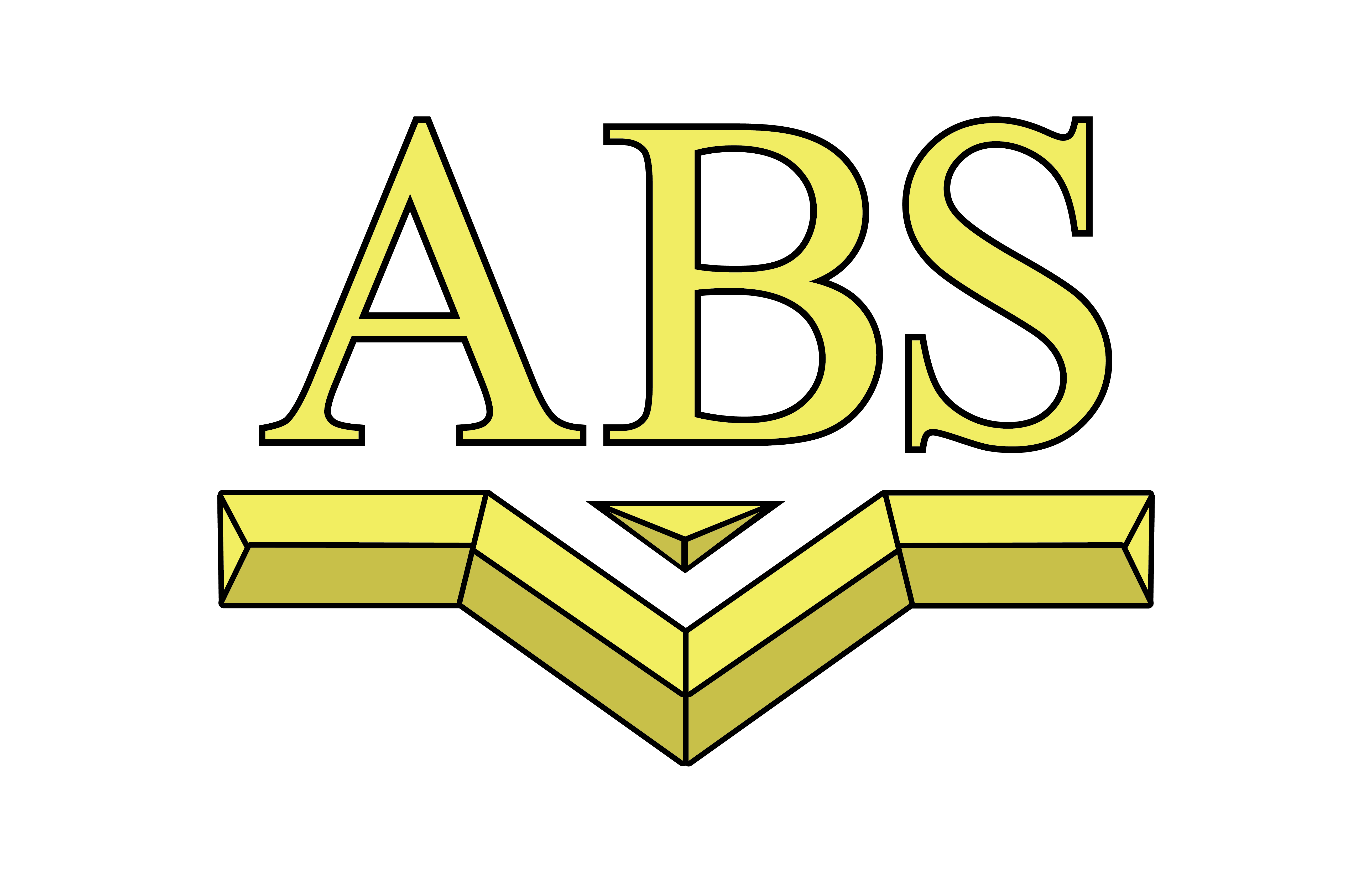
Why are you doing this that way? Why aren’t you doing it another way, etc.? Why are you doing it at all? These are questions that we should be asking on a routine basis. It is a way to improve continuously rather than reactively responding to issues as they occur. Processes can become the ghosts of needs that no longer exist. They continue to inhabit our organizations because they are not brought into the light. These ghosts reduce productivity and sap resources. Why then do they persist?
Probably, the most common reason is inertia. This is the way we have done it for years. So, what is the problem? It takes effort to initiate changes and break old habits, especially if there is no urgent impetus do so. It is difficult to convince individuals to change behaviors and maintain behaviors when those changes address potential future problems rather than dealing with more imminent threats. This requires establishing a culture that embraces improvement.
Fear of change and avoidance of perceived criticism are also factors that limit progress. The perception that one does not have the time or resources to learn something new often limits growth. Time and resources must be allocated to enable change. In addition, some individuals feel that questioning their processes or requesting that they change what they are doing implies that they are doing something wrong. Such questioning can sometimes evoke a defensive response rather that a collaborative search for a better way. We must encourage and reward the search for better solutions.
Seeking continuous improvement is not enough. Even though we plan and design new procedures, we get caught up in the demands of movement instead of following through with our ideas. Appropriate metrics must be developed to ensure that we enact, sustain, and reward progress.
This raises the issues of current work demands, the need for continuous improvements, and overload. We cannot immediately act upon every good idea. Priorities must be set. For ABS, the core priorities center around client satisfaction. Client satisfaction is largely affected by the quality and reliability of our products and services, our responsiveness, and the ease of working with us. Enhancements and improvement that impact these measures are assigned the highest priority.
Lastly, one often doesn’t notice the air unless it stinks or there is a strong wind. We don’t see with new eyes when we are immersed in a familiar environment. Fortunately, new eyes are readily available and these in turn can open one’s eyes to new horizons and perspectives. Books, websites, consultants, and colleagues can all provide new insights if one is willing to listen and learn. An audit process that not only validates current process compliance, but also looks for creative improvements can foster growth.
Questioning why we are doing this is fundamental to the evolution and survival of any organization. It is also a prerequisite for our own development. If our goal is to seek the best answer rather than a perfunctory justification of the status quo we will find greater successes beyond where we now stand.




